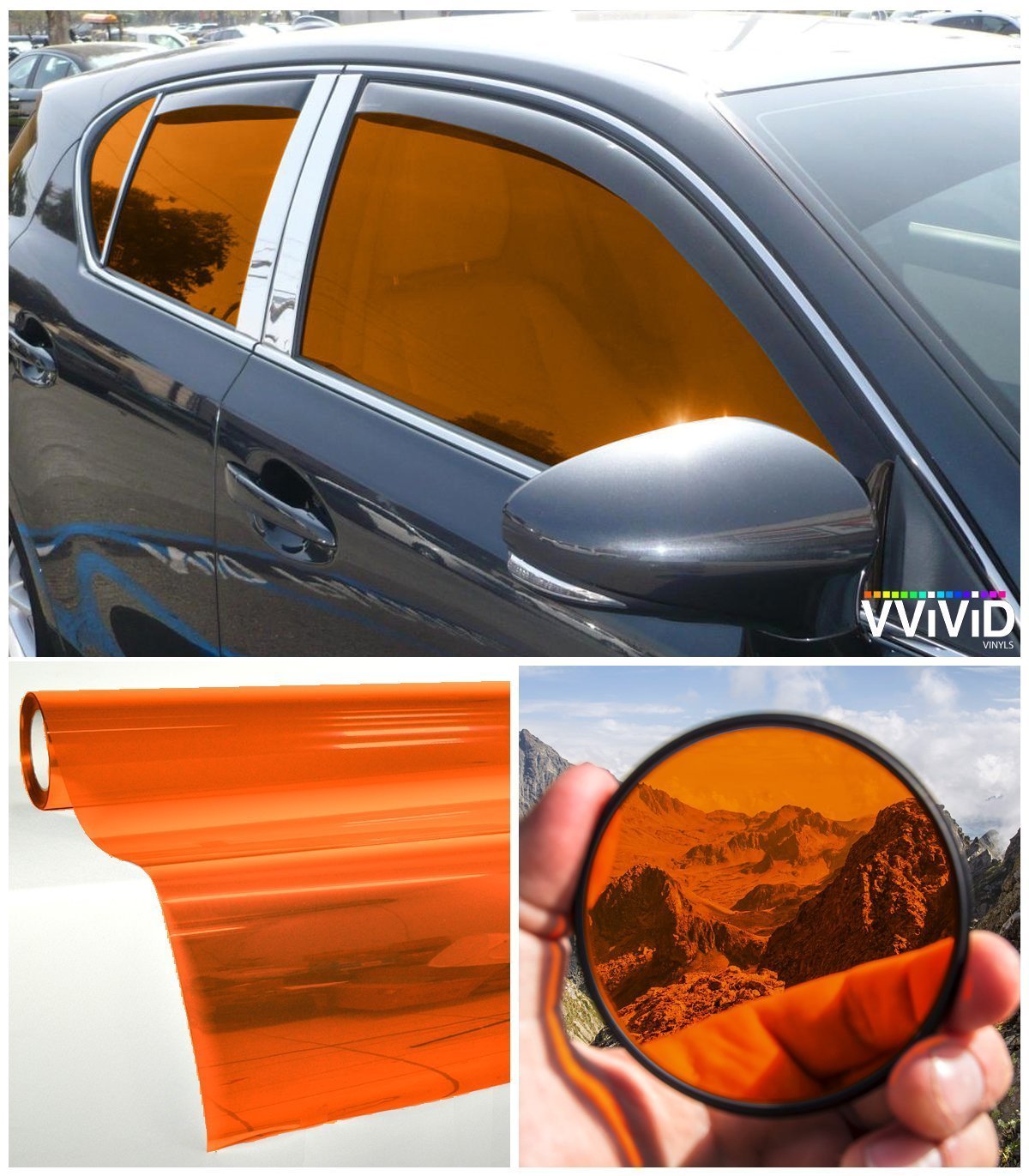Every little thing You Required to Know About Car Window Tinting Options
Every little thing You Required to Know About Car Window Tinting Options
Blog Article
Window Tinting Regulations and Standards: What You Need to Know Prior To Tinting Your Automobile
Before proceeding with home window tinting for your lorry, it is essential to acquaint on your own with the diverse legislations and standards that regulate this practice across various states. These guidelines dictate the permitted degrees of tint darkness, typically determined by noticeable light transmission (VLT) percentages, and include specific stipulations for front windshields targeted at making sure road security. Additionally, particular territories might provide medical exemptions for individuals with qualifying problems. Comprehending these intricacies can save you from potential lawful ramifications, yet what are the certain policies in your state?
Summary of Window Tinting Regulations
Home window tinting laws are frequently based on variant across different territories, mirroring regional regulations and safety considerations. These laws dictate the permitted levels of color darkness and reflectiveness on vehicle windows, making certain that motorists preserve appropriate visibility while additionally shielding versus dangerous UV rays and warmth.
Most regulations identify home window tinting based on the Visible Light Transmission (VLT) percent, which suggests the quantity of light that can travel through the window. Typically, reduced VLT portions symbolize darker tints. Laws often set apart in between the front, side, and back home windows, with stricter limitations related to the front windshield to enhance safety for both the motorist and other road users.
In addition, some territories impose limitations on the reflectivity of the tint, avoiding excessive glow that might impair presence. Exemptions to these legislations might exist for individuals with details medical conditions requiring extra sunlight protection. Conformity with window tinting policies is critical, as offenses can lead to penalties, required elimination of the tint, and prospective boosts in insurance costs. It is essential for automobile proprietors to acquaint themselves with neighborhood regulations prior to continuing with home window tinting setups.
State-by-State Color Rules
Recognizing the details window tinting guidelines in each state is important for car owners looking for to abide by the regulation. Each state in the united state has established its very own set of guidelines controling home window tinting, which can differ substantially. These regulations often dictate the allowable levels of tint darkness, the sorts of windows that can be tinted, and any medical exemptions that may apply.
As an example, states like California have rigid restrictions on tint darkness for front windows, while others, such as New Mexico, may enable darker tints. Furthermore, specific states mandate specific visibility percentages for various home windows, consisting of the windscreen, front side home windows, and rear windows. It is critical for automobile owners to acquaint themselves with their state's laws to prevent potential penalties or penalties.
Additionally, some states may call for a qualification sticker label to be put on colored home windows, indicating compliance with state legislations. Failure to abide by these guidelines not just runs the risk of lawful consequences yet can additionally affect security and visibility while driving. Consequently, car proprietors ought to conduct thorough study or get in touch with local authorities to make sure full understanding and compliance with state-by-state tint regulations.
Allowed Tint Levels and Types
Several lorry owners might be amazed to discover that enabled color degrees and types vary widely across various states. Each state has developed its own laws relating to the acceptable look at this web-site darkness and reflectivity of window tint, often gauged by Visible Light Transmission (VLT) percentages. VLT describes the amount of light that can pass through the tinted home windows; thus, a lower portion shows a darker color.

Furthermore, the kinds of color materials allowed can differ, with some states prohibiting mirror-like or metallic coatings. It is necessary for vehicle owners to acquaint themselves with their state's certain legislations to guarantee conformity. Non-compliance can result in fines, mandatory elimination of the tint, or other lawful repercussions, making it vital to understand these guidelines prior to waging installment.
Medical Exemptions for Tinting
While not all states provide allocations for clinical exceptions regarding window tinting, those that do acknowledge the need for certain individuals to improve exposure and convenience due to medical conditions. Different clinical problems, such as lupus, skin cancer cells, and certain eye problems, can make people especially delicate to sunshine. These people may require darker colors to secure themselves from damaging UV rays and glare.

It is necessary to note that despite a clinical exception, there might still be constraints on the degree of color enabled. Conformity with state legislations makes certain that individuals are both safeguarded and within legal limitations. Those taking into consideration clinical exemptions should contact their regional Division of Electric motor Cars or equivalent authority to understand the treatments and requirements necessary to look for an exception properly.
Fines for Non-Compliance
Stopping working to abide by window tinting laws can cause considerable penalties, which differ by state. Legislation enforcement firms are equipped to provide citations for vehicles that do not stick to the pop over to this web-site specified tinting guidelines. These fines typically include fines, which can vary from modest amounts to a number of hundred bucks, depending upon the intensity of the infraction and the state concerned.
In some jurisdictions, duplicated offenses might result in intensifying penalties or added charges, such as necessary court appearances. Non-compliance might necessitate the elimination of illegal tinting, often at the proprietor's cost. In severe cases, regular offenders may face suspension of their lorry registration till conformity is accomplished.
Additionally, insurance coverage effects may emerge from receiving numerous citations for window color offenses. Insurers may watch such violations as a sign of riskier actions, potentially resulting in boosted premiums or trouble in coverage.
To prevent these penalties, it is critical for lorry owners to familiarize themselves with their neighborhood home window tinting legislations and ensure that their automobile complies (Window Tinting). This aggressive approach not just avoids lawful implications yet likewise advertises roadway security
Final Thought

Most guidelines identify window tinting based on the Visible Light Transmission (VLT) percent, which shows the quantity of light that can pass with the window. Compliance with window tinting guidelines is important, as offenses can result in fines, required removal of the color, and potential rises in insurance premiums.Comprehending the details window tinting regulations in each state is essential for car owners looking for to abide with the legislation. These guidelines often determine the allowable levels of color darkness, the kinds of windows that can be tinted, and any type of medical exceptions that may apply.
For circumstances, states like California have rigid restrictions on color darkness for front windows, while others, such as New Mexico, might permit darker colors.
Report this page